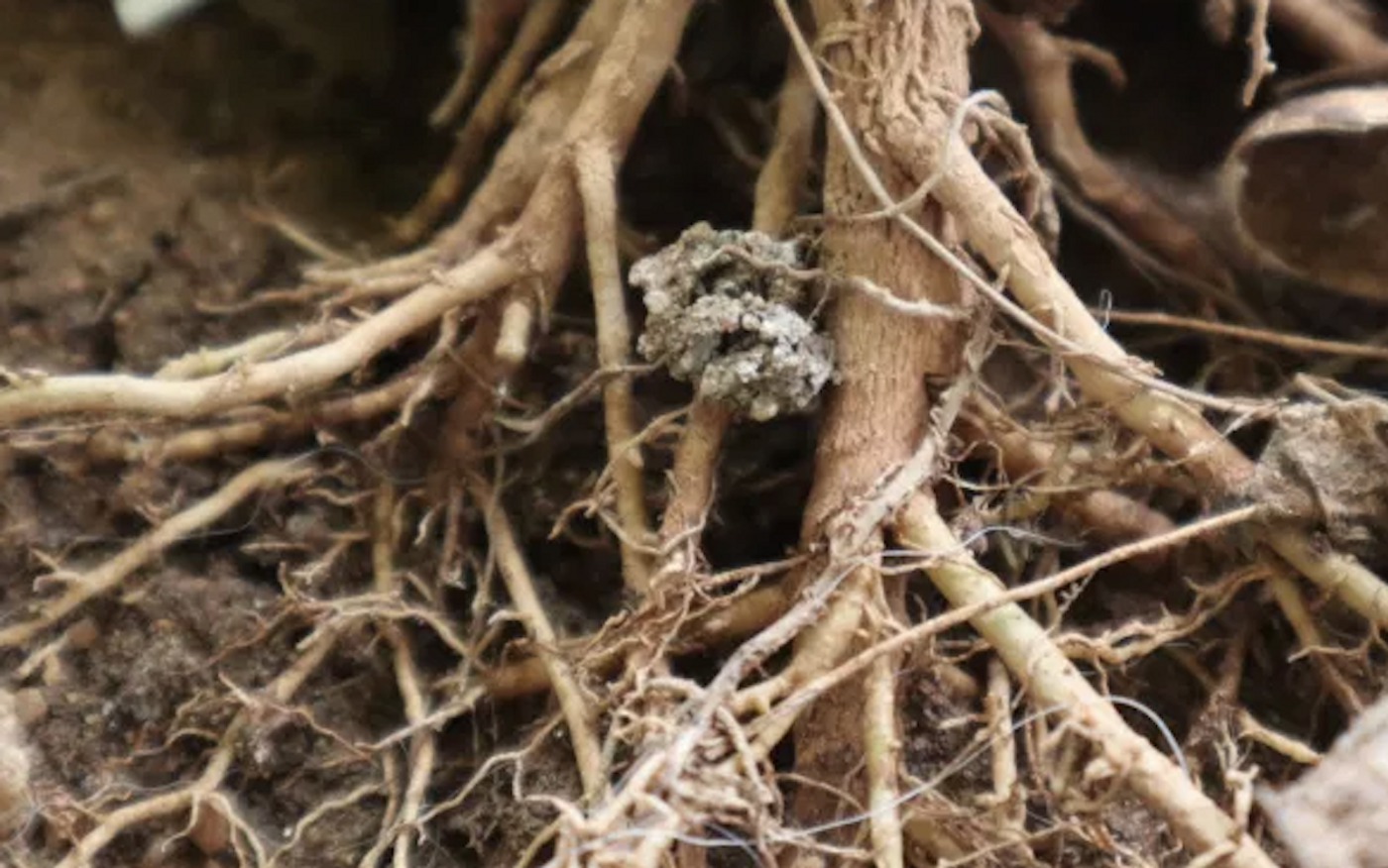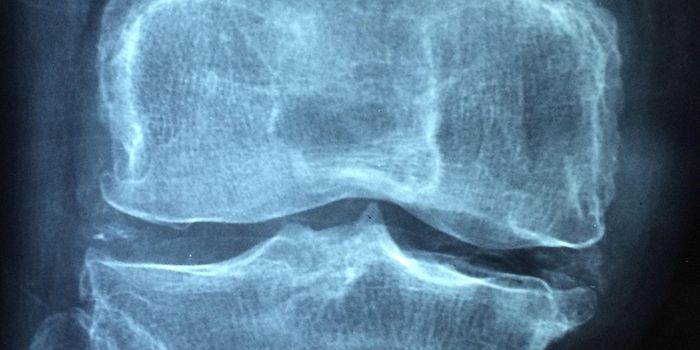Plants May be Slow, But They Twist and Twirl
Plant roots can drill down into the soil, new work has shown. While it happens too slowly for us to see, time-lapse photography that captured one image every fifteen minutes over a period of days has revealed the roots of plants twisting and turning as they burrow into soil. One hundred hours of growth was compressed into less than a minute of footage to show the winding path of the plant as it develops.
This work, which was reported in the Proceedings of the National Academy of Sciences, has also shown that not all roots can twirl around. If a plant carries a mutation in a gene called HK1, it grows straight downward instead of in a circular path. These mutant plants grow more deeply than non-mutants.
The researchers wondered "What does the more typical spiraling tip growth do for the plant?" said Isaiah Taylor, a postdoctoral associate in the lab of Duke University biologist Philip Benfey.
Benfey noted that even 150 years ago, plant movements were capturing the attention of biologists; they were "a phenomenon that fascinated Charles Darwin."
While the shoots that sprout from plants use movement to capture more sunlight, it's less clear why roots also move around. Seeds that are sprouting have to use their first, fragile roots to grab the soil, give the plant a foundation, and probe for the water and nutrients it requires to survive and grow. So the researchers wondered whether spiral motions are best for accomplishing these purposes, said Taylor.
The scientists tested their theory by growing normal and mutant rice over a plastic plate with holes; the plants that were normal and could grow in a spiral motion were three times as likely to locate a hole and grow through it than mutant plants that grew straight down.
The researchers also grew normal and mutant rice in dirt that is typically used for baseball fields, mimicking obstacles the plant might face in the real world. They found that the mutant, straight-growing roots had difficulty getting a foothold. The normal plants, on the other hand, were able to drill through the tough dirt.
The corkscrew movement of the root is coordinated by a hormone found in plants called auxin, which might be moving around the tip of the root in a wave-like pattern, suggested the researchers. If auxin builds up on one side of the root, the plant cells where that happens begin to elongate, and in doing so, the root tip begins to bend in that direction.
When plants carry a mutation in the HK1 gene, the study suggested that the movement of auxin from one cell to another is disrupted. This is why the twist of the plant is halted by the mutation. - the auxin can't build up and stretch the cells. Plants are also unable to twirl when auxin is blocked.
Sources: AAAS/Eurekalert! via Duke University, Proceedings of the National Academy of Sciences









